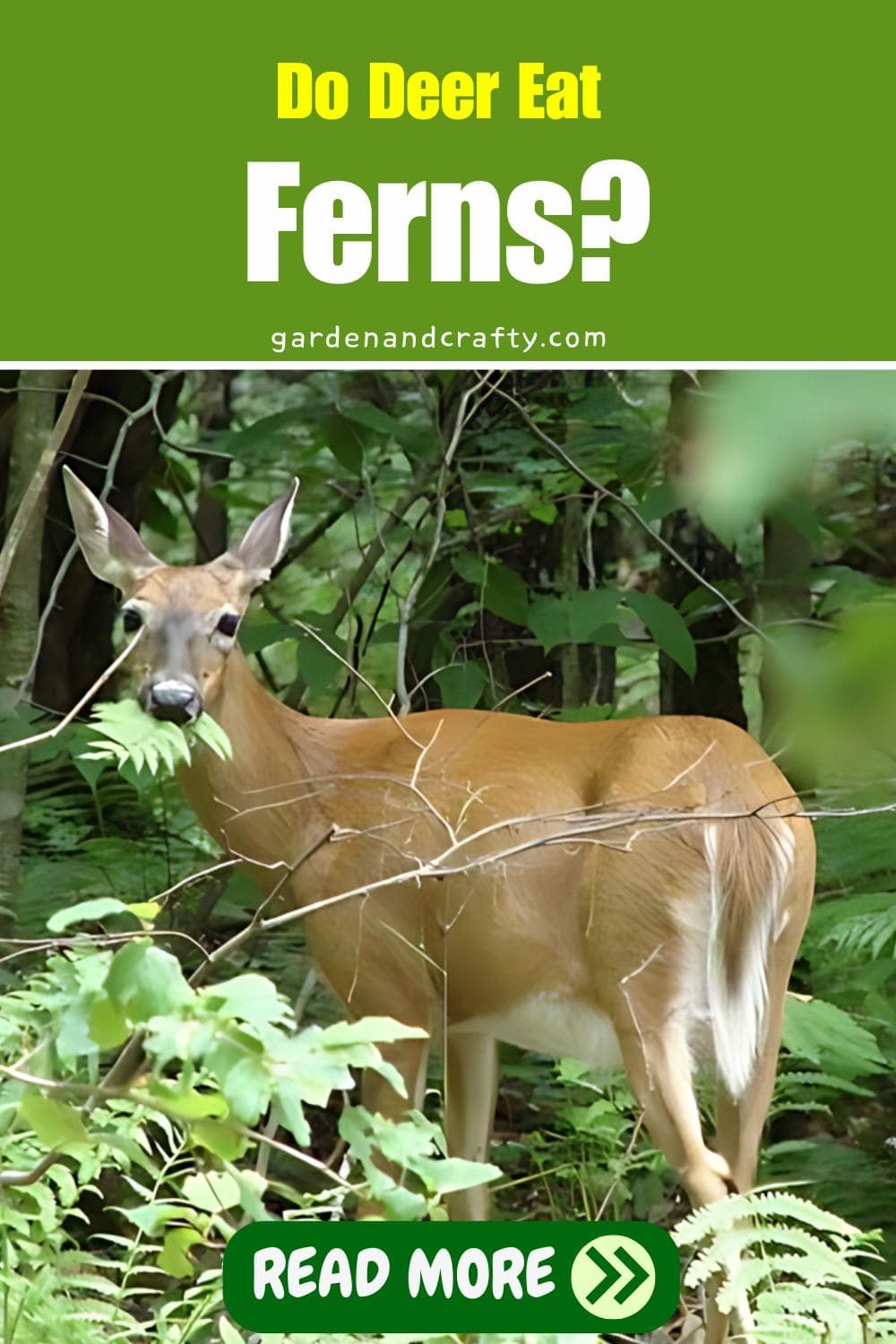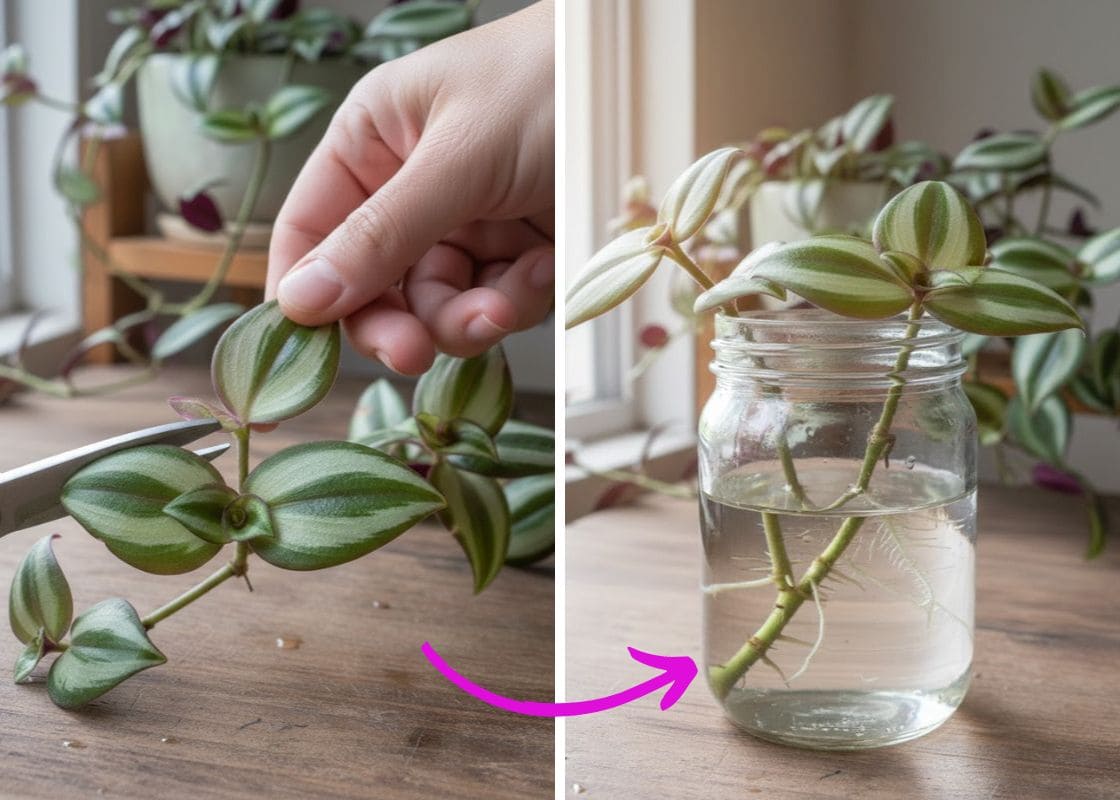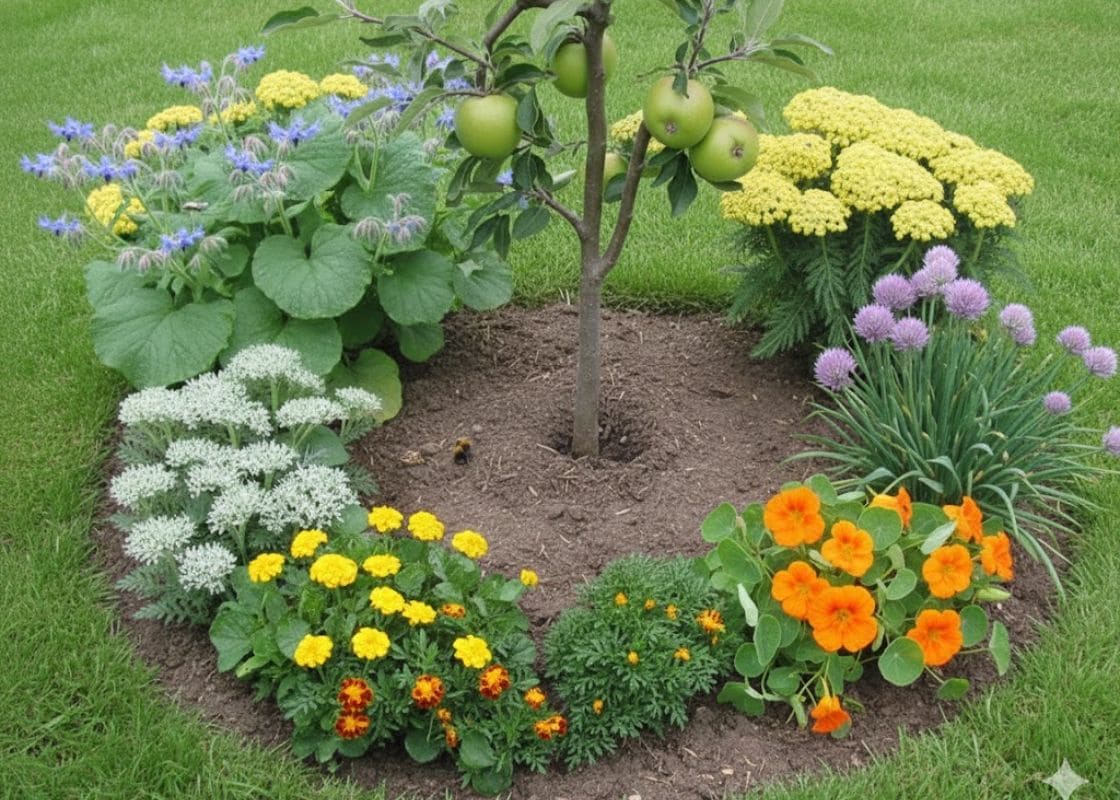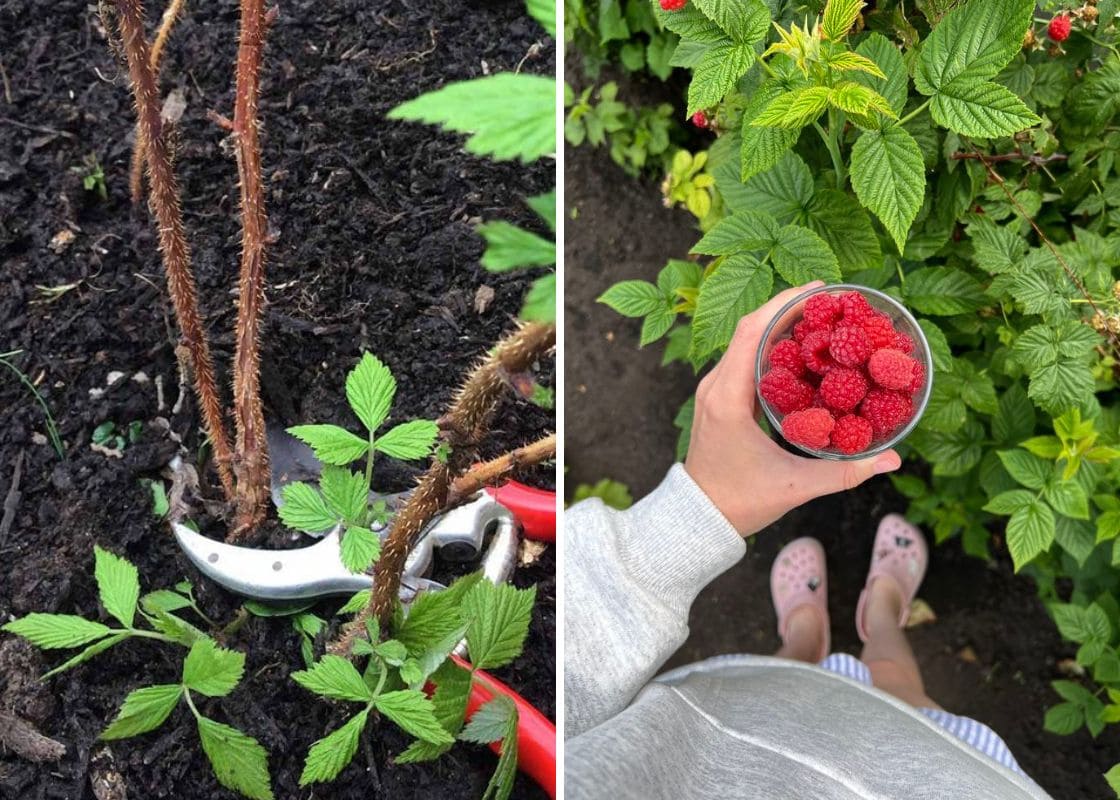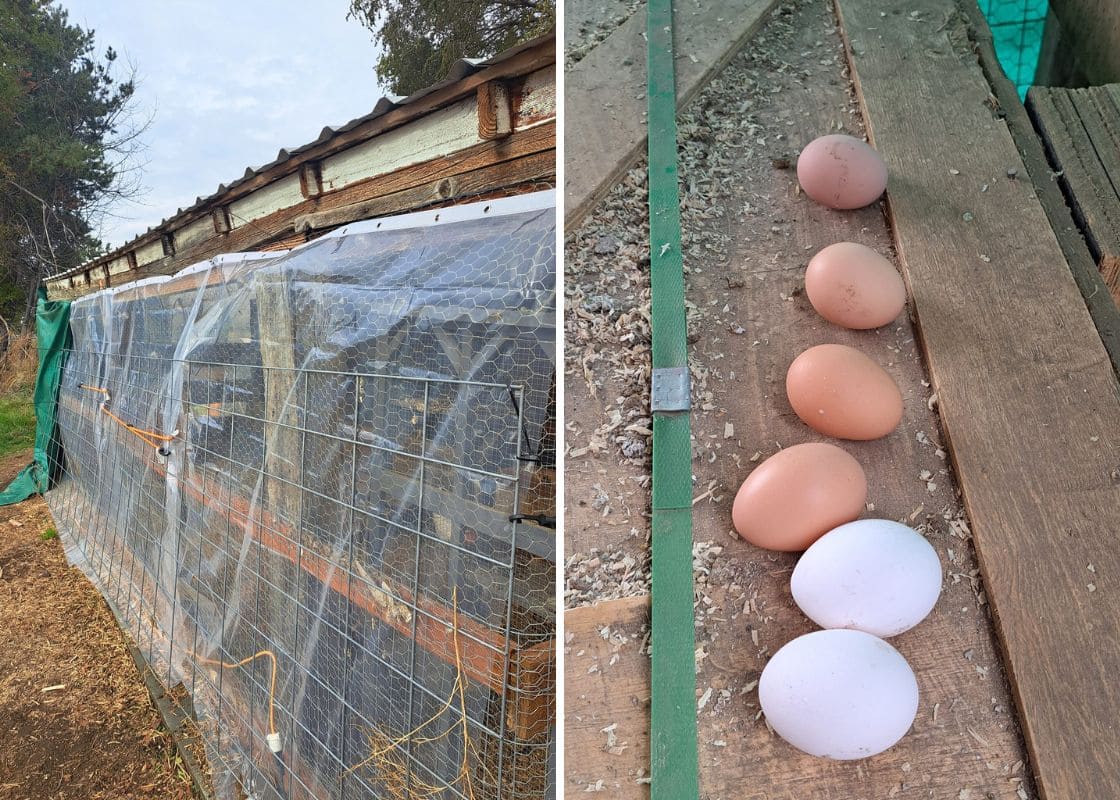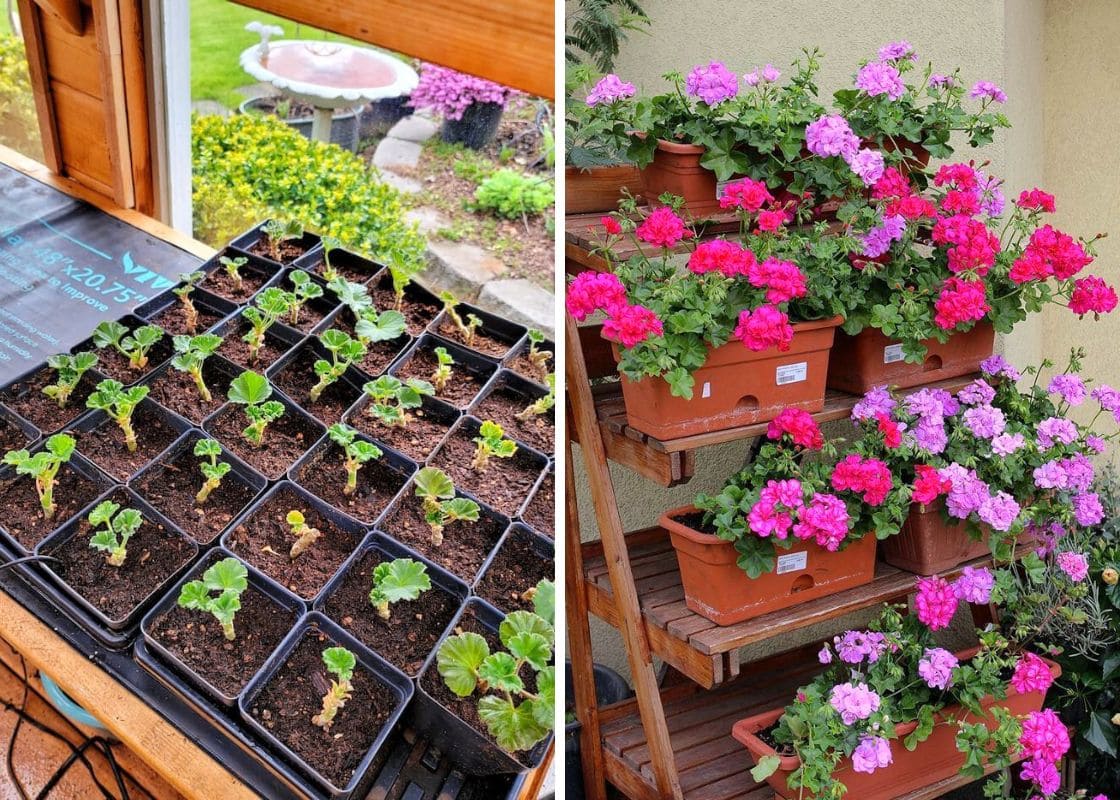Ferns are ancient plants that have existed for over 350 million years and thrive in shady, moist environments.
Their delicate, feathery fronds unfurl in a graceful dance, making them a favorite among gardeners.
They are also a food source for various forest creatures, including insects, birds, and even some small mammals.
But as I marveled at these verdant wonders, a question lingered in my mind: Do deer eat ferns?
Having often spotted deer gently browsing through my backyard, I knew they had a diverse diet, munching on everything from tender shoots to robust tree bark. However, ferns seemed different.
Do Deer Eat Ferns?
Yes, but it’s not their preferred food.
According to the New York City Department of Parks & Recreation, ferns are considered “Rarely Damaged” by deer.
This means that while deer will eat ferns, they typically do so only when other food sources are scarce.
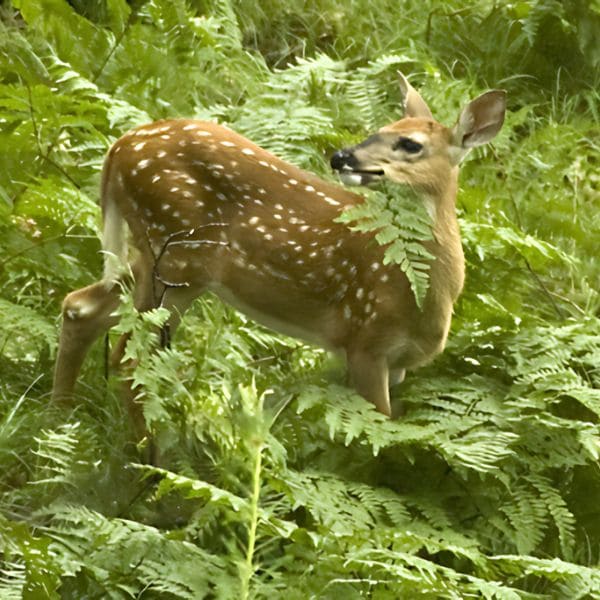
One particularly dry summer, I noticed the usual abundance of lush vegetation had withered under the relentless sun, leaving fewer food options for the local wildlife.
The deer, which I often saw grazing on tender shoots and leaves, began to nibble on the ferns that thrived in the shaded, damper parts of the forest.
It was clear that in times of drought, these resilient plants became a crucial part of their diet.
How to Keep Deer Away from Ferns
Companion Planting
To deter these graceful but troublesome visitors, I started by planting tactile plants around my ferns. Thorny and prickly plants like barberry and holly created a natural barrier.
Their sharp edges made the deer think twice before venturing closer. I also included plants with hairy foliage, such as lamb’s ear, which deer find unappealing to touch.

In addition, you can consider scented plants. Deer have a keen sense of smell, and strong scents can be off-putting. I planted garlic, chives, and mint near my ferns.
Not only did these herbs add a lovely aroma to my garden, but they also kept the deer at bay. Garlic and chives, with their pungent odor, acted as natural repellents, while the fresh scent of mint added an extra layer of protection.
Using Fences
I recommend using fences surrounding the garden. You should opt for a tall fence, at least eight feet high, since deer are surprisingly good jumpers.
Besides, consider choosing materials like heavy-duty mesh or welded wire, which are both durable and effective. For a more natural look, wooden or vinyl fencing can also work well.
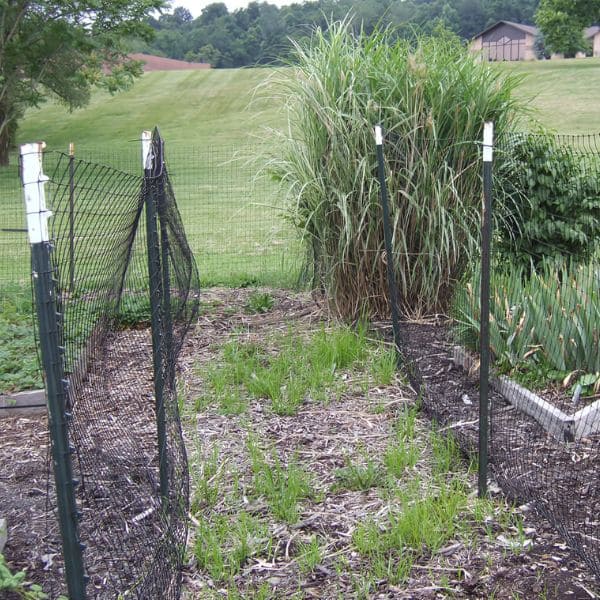
When installing the fence, mark the perimeter of the garden and dig holes for the fence posts, spacing them about eight feet apart.
After securing the posts in concrete, attach the fencing material, ensuring there were no gaps large enough for deer to squeeze through.
In addition, you can consider adding an electric fence. These fences deliver a mild shock that deters deer without harming them and can be a good option if you prefer a less obtrusive look.
Using Noises
Deer are naturally skittish animals, easily startled by sudden noises or movement. I started by installing wind chimes around my garden.
The gentle tinkling sounds, caused by the breeze, added a serene ambiance. This unpredictable noise kept deer on edge and discouraged them from coming too close.
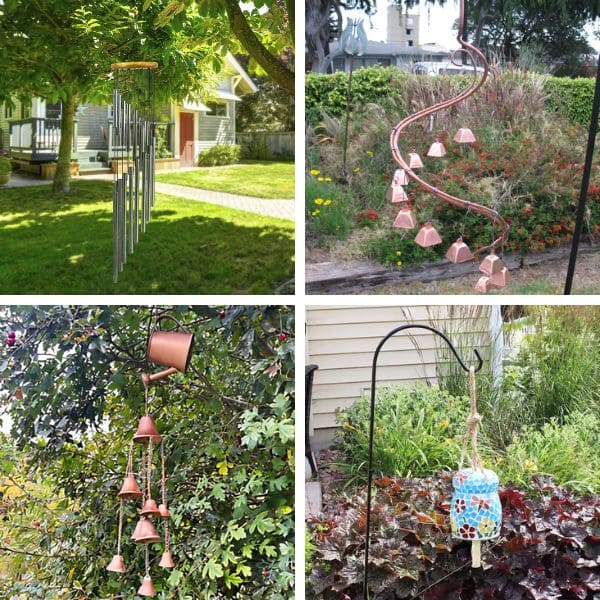
For an extra layer of deterrence, I sometimes played a radio on a timer, tuning it to a talk station. The sound of human voices created an illusion of human presence making the deer wary.
Making Scarecrows
You can start with a sturdy wooden frame, about six feet tall, and dress it in old clothes. An old flannel shirt and a pair of jeans gave it a friendly, rustic look.
Then stuff the clothes with straw to give it a lifelike shape and add a floppy hat and gloves for a finishing touch.

To increase its effectiveness, you can add some movement and reflective materials. Attach shiny, reflective objects like aluminum foil strips and old CDs to the scarecrow.
These caught the sunlight and created flashes of light that moved with the wind, which made the deer uneasy.
Using Motion-Activated Sprinkler
Try to set up a motion-activated sprinkler and place it near the ferns, ensuring it covers the area where the deer usually enter.
The sprinkler has a sensor that detects movement and, when triggered, releases a sudden burst of water. The unexpected spray startled the deer, making them think twice about returning.

The first night, I watched from my window as a deer approached. As soon as it triggered the sensor, a burst of water shot out, and the deer bolted away.
If deer are munching on your ferns, consider this simple, humane, and efficient solution.
Plant Selection
Currently, there are over 10,000 varieties of ferns, but certain types are less appealing to deer due to their texture and taste.
For instance, the Christmas fern (Polystichum acrostichoides) and the Japanese painted fern (Athyrium niponicum) are two varieties that deer tend to avoid.
These ferns not only add a lovely, varied texture to your garden but also deter deer with their slightly tougher, less palatable fronds.
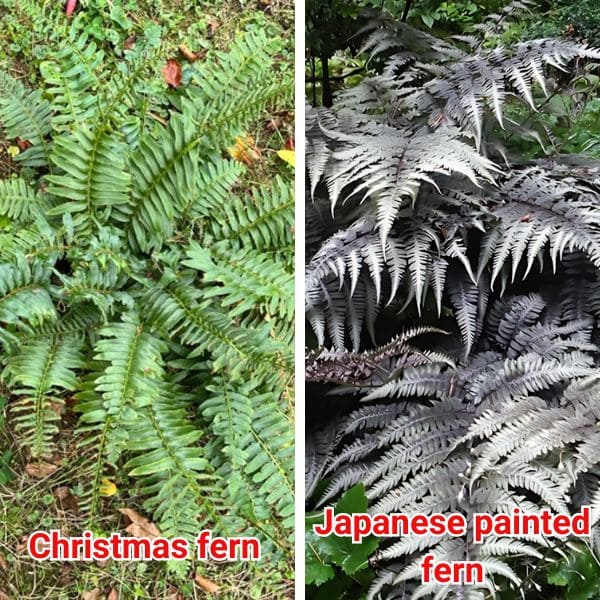
Moreover, these deer-resistant varieties have multiple benefits. Both ferns are relatively low-maintenance, thriving in well-drained soil and partial to full shade.
The Christmas fern, with its evergreen fronds, provides year-round greenery and is excellent for erosion control on slopes.
Meanwhile, the Japanese painted fern offers striking silver and burgundy foliage that can brighten up shady garden spots.
To effectively use these ferns as a deer deterrent, plan them as borders around more vulnerable plants or in parts of the garden where deer are known to enter.
You can also use them to create a natural barrier along fences or property lines, making it less likely for deer to venture further into your garden.
